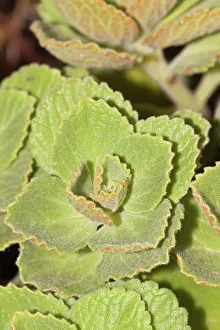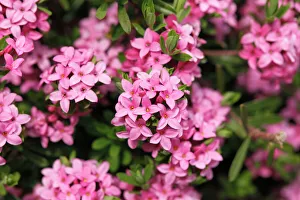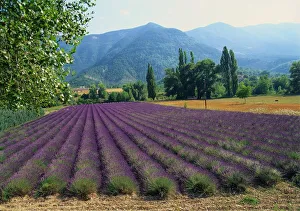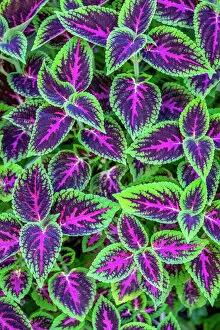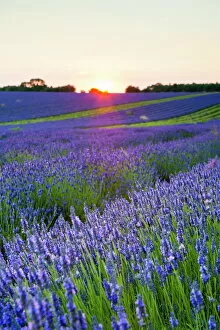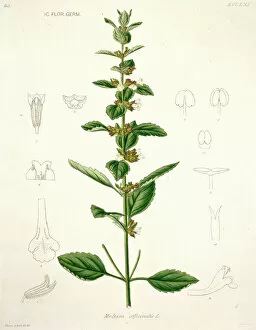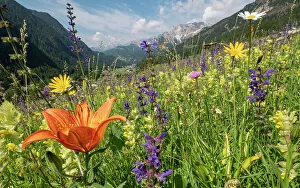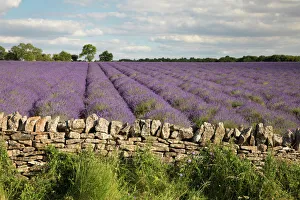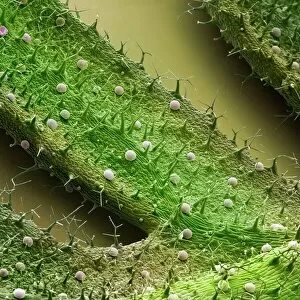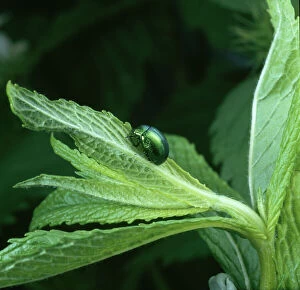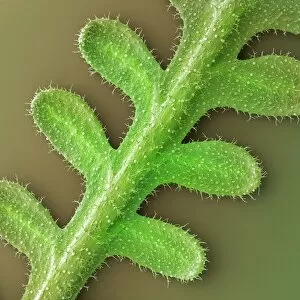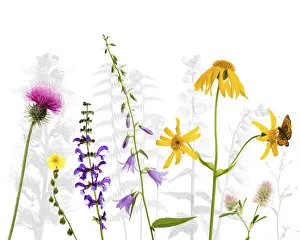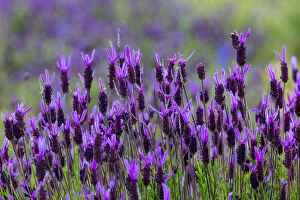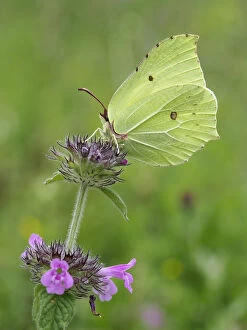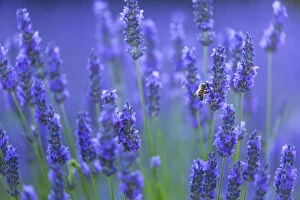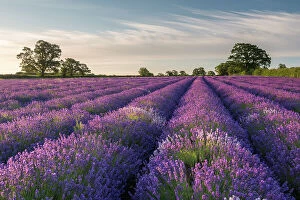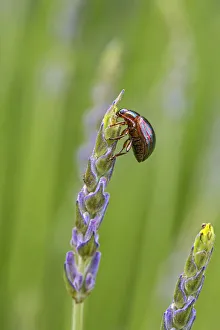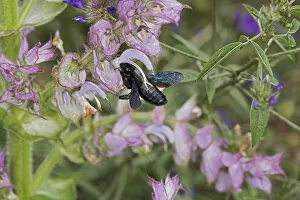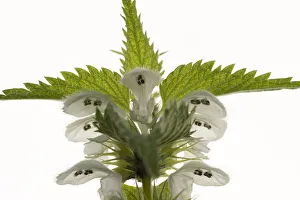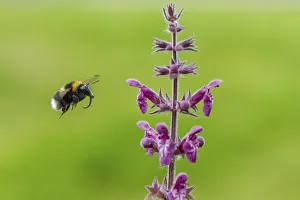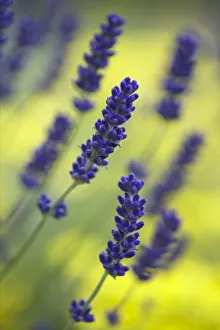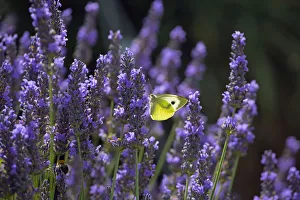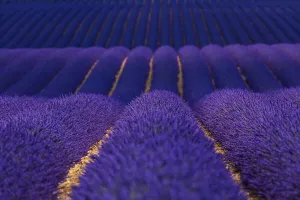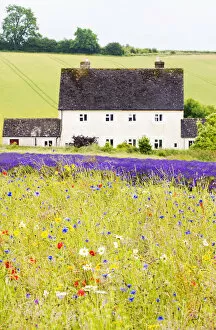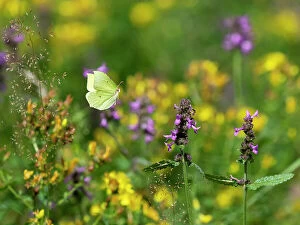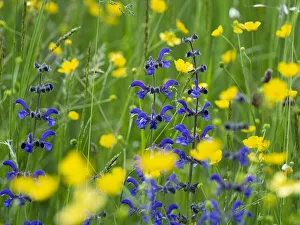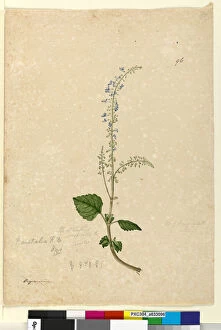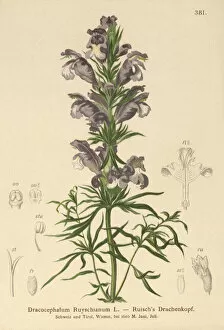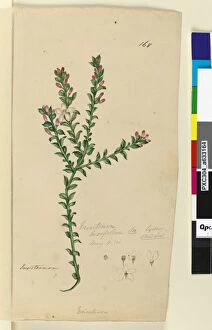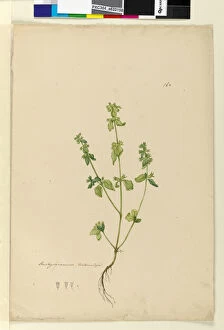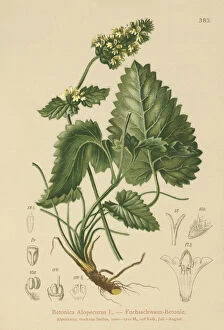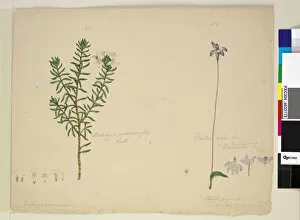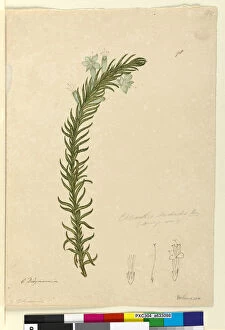Lamiaceae Collection
Lamiaceae, also known as the mint family, is a diverse and fascinating group of plants that encompasses a wide range of species with unique characteristics
All Professionally Made to Order for Quick Shipping
Lamiaceae, also known as the mint family, is a diverse and fascinating group of plants that encompasses a wide range of species with unique characteristics. One such member is the Scaredy cat plant, scientifically known as Coleus canina Hybr. , which has gained popularity for its ability to drive away cats and dogs with its pungent odor. Another notable member is Ocimum sanctum, commonly referred to as holy basil, revered for its religious significance in various cultures. If you ever find yourself wandering through the picturesque Lavender Field in Plateau de Sault, Provence, France, you will be captivated by the enchanting beauty and soothing fragrance emitted by these Lamiaceae plants. The vibrant purple hues create an awe-inspiring sight that truly showcases nature's artistry. The Coleus plant within this family boasts an array of stunning foliage patterns and colors that add a touch of elegance to any garden or indoor space. Its intricate leaves are adorned with mesmerizing combinations of green, pink, yellow, and burgundy shades. Traveling further east to Styria in Austria's scenic region of Europe unveils another gem within Lamiaceae - Garland flower or Rose Daphne (Daphne cneorum). This delicate blossom enthralls onlookers with its soft petals and sweet fragrance. Melissa officinalis or lemon balm is yet another remarkable member that offers not only aromatic leaves but also medicinal properties widely used for relaxation purposes. Its refreshing scent uplifts spirits while promoting calmness and tranquility. Venturing into alpine meadows reveals a species-rich environment where Orange lilies (Lilium bulbiferum) thrive among other wildflowers. These majestic blooms paint the landscape with their fiery orange hues while attracting pollinators from afar. In Cotswold Lavender field located in Snowshill village within Gloucestershire's Cotswolds region in England, the Lamiaceae family takes center stage once again.

